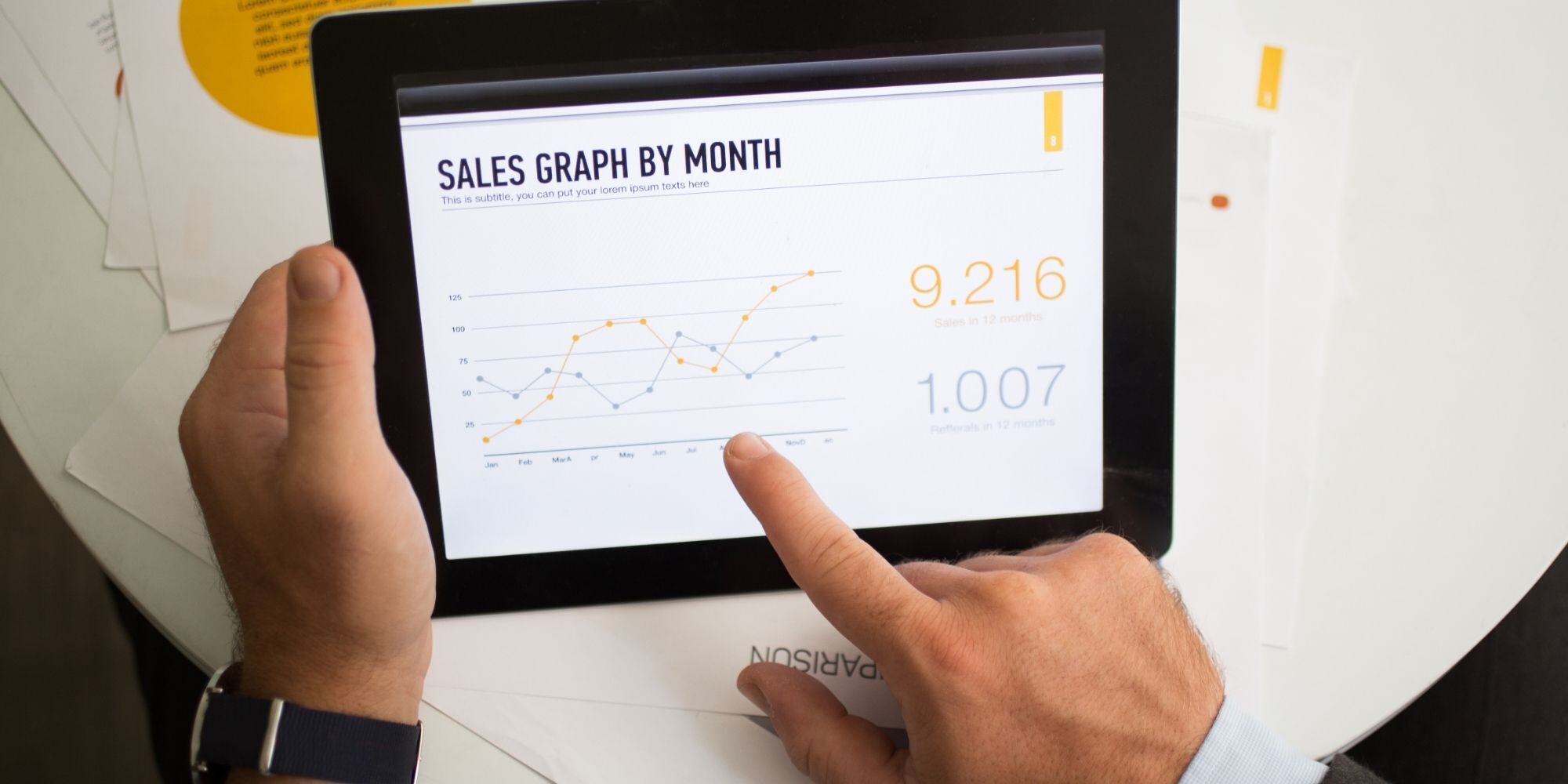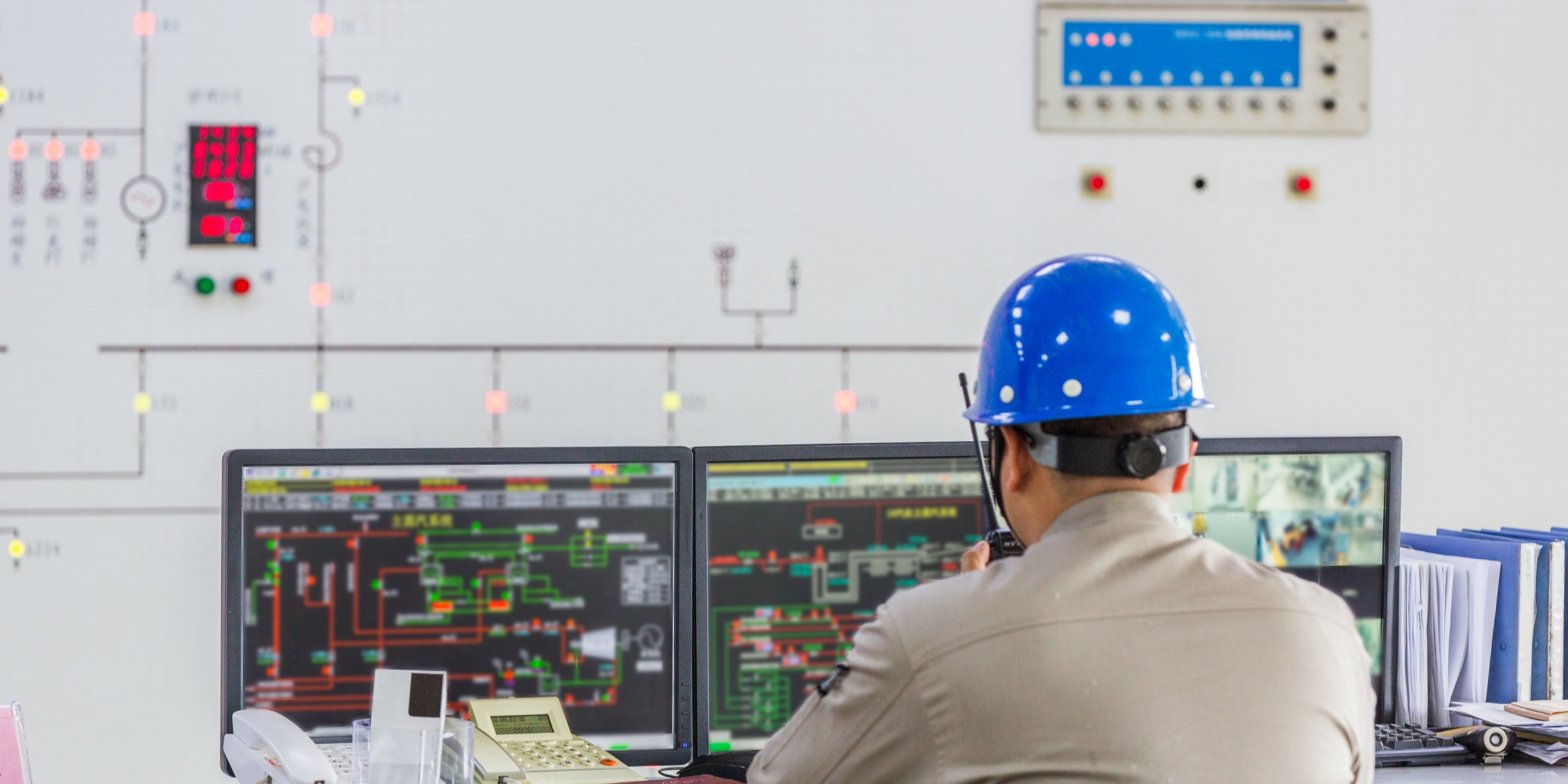
Safety scoreboards might seem like a simple aspect of workplace safety, yet they play a pivotal role in fostering a culture of caution and awareness. When comparing digital and traditional safety scoreboards, each type brings unique strengths to the forefront. Digital scoreboards, with their dynamic cloud-based digital displays and real-time updates, revolutionize how safety metrics are communicated, offering a level of immediacy and customization that traditional boards cannot match.
Why Compare Digital and Traditional Scoreboards?
Comparing digital and traditional safety scoreboards is essential for organizations aiming to foster a robust safety culture. This comparison sheds light on each type's unique advantages and limitations, guiding companies in selecting a scoreboard that best meets their safety communication needs. The decision between a digital and a traditional scoreboard is influenced by cost, ease of use, technological requirements, and specific safety objectives.
Digital scoreboards offer real-time updates and the ability to customize displays, making them versatile choices for dynamic environments. In contrast, traditional scoreboards are valued for their simplicity and dependability. They function without the need for electricity or the internet, thus ensuring constant visibility of safety metrics. By understanding the distinct benefits and drawbacks of both digital and traditional options, organizations can make an informed choice that enhances safety awareness and practices, aligning with their commitment to creating a safe working environment.
Benefits of Digital Safety Scoreboards
Digital safety scoreboards offer a modern approach to enhancing workplace safety through efficiency and engagement. A standout benefit is their capability for real-time updates, which keeps the workforce informed about safety performance and incidents as they happen. This immediacy not only promotes a proactive safety culture but also aids in the timely prevention of accidents.
Real-time Updates for Immediate Awareness
A pivotal benefit of digital safety scoreboards is the ability to provide real-time updates. This feature guarantees that all team members are immediately informed about the most current safety data, including any recent incidents or notable safety milestones. The value of instant updates lies in promoting a proactive safety culture, enabling timely actions and adjustments to mitigate risks and bolster workplace safety measures.
Customizable Displays for Specific Metrics
Customizable displays are a hallmark of digital safety scoreboards, allowing for the presentation of safety metrics tailored to an organization's specific needs and objectives. This level of customization ensures that the displayed information is directly relevant and engaging for employees, focusing on areas of particular concern or achievement. Safety scoreboards can enhance safety training by keeping key performance indicators visible and engaging for employees. By making safety data relatable and actionable, digital scoreboards drive a more engaged and proactive safety culture within the workplace.
Integration with Safety Management Systems
Integration with safety management systems represents a significant advantage of digital safety scoreboards. This integration facilitates the seamless collection, updating, and dissemination of safety data across an organization. By automatically synchronizing with existing safety management platforms, digital scoreboards ensure the accuracy and currency of the information they display.
Drawbacks of Digital Safety Scoreboards
While digital safety scoreboards bring many benefits to workplace safety practices, they have drawbacks. A notable concern is the higher initial cost of acquiring and setting up these technologically advanced systems. This upfront investment can be particularly burdensome for smaller entities or those operating under tight budget constraints.
Higher Initial Cost than Traditional Boards
A notable drawback of digital safety scoreboards is their higher initial cost than their traditional counterparts. The investment for digital boards encompasses the purchase price and installation and initial setup expenses. This higher upfront expenditure can pose a significant hurdle, particularly for smaller enterprises or those operating within stringent budgetary limits, as choosing between digital and traditional safety scoreboards is a critical financial decision.
Requires Ongoing Technical Support
Digital safety scoreboards require ongoing technical support to maintain their functionality and effectiveness. This requirement contrasts with traditional boards, which typically require minimal technical intervention once installed. The need for continuous technical support for digital boards means that organizations must either possess internal IT capabilities or engage external services to address software updates, hardware issues, and other technical challenges.

Benefits of Traditional Safety Scoreboards
Traditional safety scoreboards offer significant advantages rooted in their simplicity and reliability. A key benefit is their ease of use and understanding, making them accessible to everyone in the workplace without needing technological proficiency. This simplicity ensures that safety messages are communicated effectively to all employees, fostering a widespread culture of safety awareness.
Simple to Use and Understand
Traditional safety scoreboards stand out for their ease of use and clarity. They offer a no-frills approach to safety communication. Their design is intuitive, allowing for the straightforward presentation and updating of safety data. This simplicity ensures that all team members can comprehend and engage with the presented safety information regardless of their digital literacy.
No Electricity or Internet Needed
One of the defining benefits of traditional safety scoreboards is their ability to function without electricity or an internet connection. This independence from technological utilities means that safety communications are always on display, unaffected by power failures or network disruptions. Especially valuable in environments with limited access to technological infrastructure or where reliability is paramount, traditional scoreboards provide a consistent and fail-safe method of keeping safety front and center, ensuring that the message of safety is always visible and accessible to everyone.
Drawbacks of Traditional Safety Scoreboards
While beneficial in many aspects, traditional safety scoreboards have inherent drawbacks that can impact their utility in fostering a comprehensive safety culture. A significant limitation is their reliance on manual updates, which can introduce delays in communicating the latest safety information. This lag compromises the timeliness and may weaken the immediate impact of conveying crucial safety messages.
Manual Updates can Lead to Delays
One critical limitation of traditional safety scoreboards is their reliance on manual updates. This method can introduce delays in reflecting the latest safety metrics and incident reports. In environments where conditions change rapidly, and immediate awareness is essential, such delays can significantly diminish the effectiveness of safety communications.
Limited to Displaying Basic Information
Traditional safety scoreboards are often limited to displaying essential information, primarily focusing on metrics like counting days without accidents. This constraint significantly restricts the breadth of safety information that can be communicated, limiting organizations to a very narrow scope of safety engagement. With the ability to present detailed analytics or real-time updates, traditional scoreboards may capture the complete picture of an organization's safety performance.
How to Choose Between Digital and Traditional?
Choosing between digital and traditional safety scoreboards involves carefully evaluating your organization's unique needs, capabilities, and safety objectives. Considerations should include the budget for upfront and ongoing expenses, the available technological infrastructure, and the type of safety information most valuable to your operations. The necessity for real-time data and technological literacy among employees are also crucial factors.
Digital scoreboards, with their capacity for dynamic updates and system integration, are well-suited for environments where detailed, current safety data can significantly influence the safety culture, such as utilizing digital signage software in offices. Conversely, traditional scoreboards offer a more straightforward, more accessible solution for environments where the primary goal is the clear, consistent communication of crucial safety metrics without the need for advanced technology. The decision should support the primary aim of enhancing safety awareness and promoting a proactive approach to workplace safety.
When deciding between digital and traditional safety scoreboards, consider Rise Vision's digital signage solutions to enhance safety communications. Try a free digital signage cloud software trial to experience the benefits of real-time updates and customizable displays tailored to your organization's needs.





